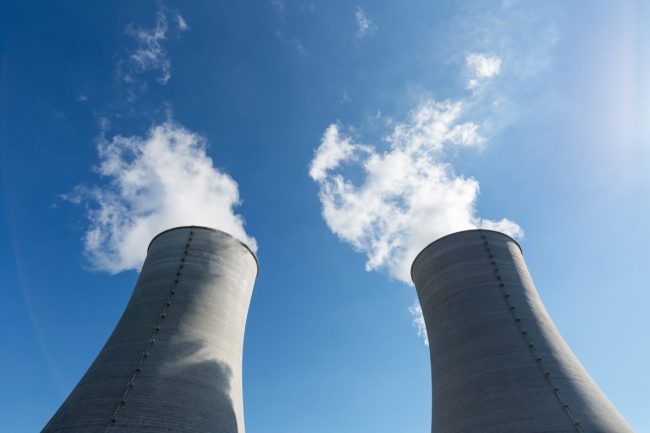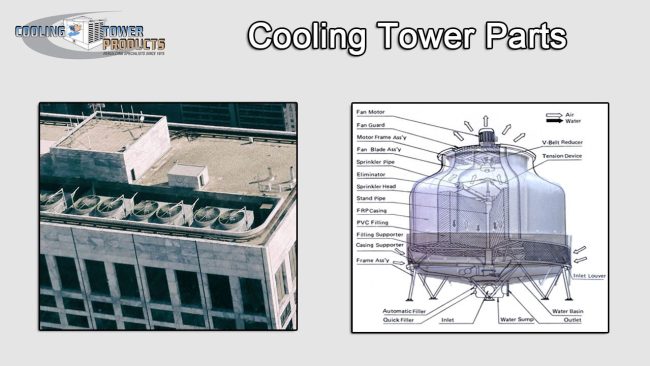Do Cooling Towers Use Solar Technology?
Cooling towers themselves do not typically use solar technology directly for their primary cooling function, which involves dissipating heat through evaporation and convection. However, solar technology can be integrated into cooling systems in several ways: Solar-Powered Pumps: Cooling towers often use pumps to circulate water through the system. These pumps can be powered by solar…


